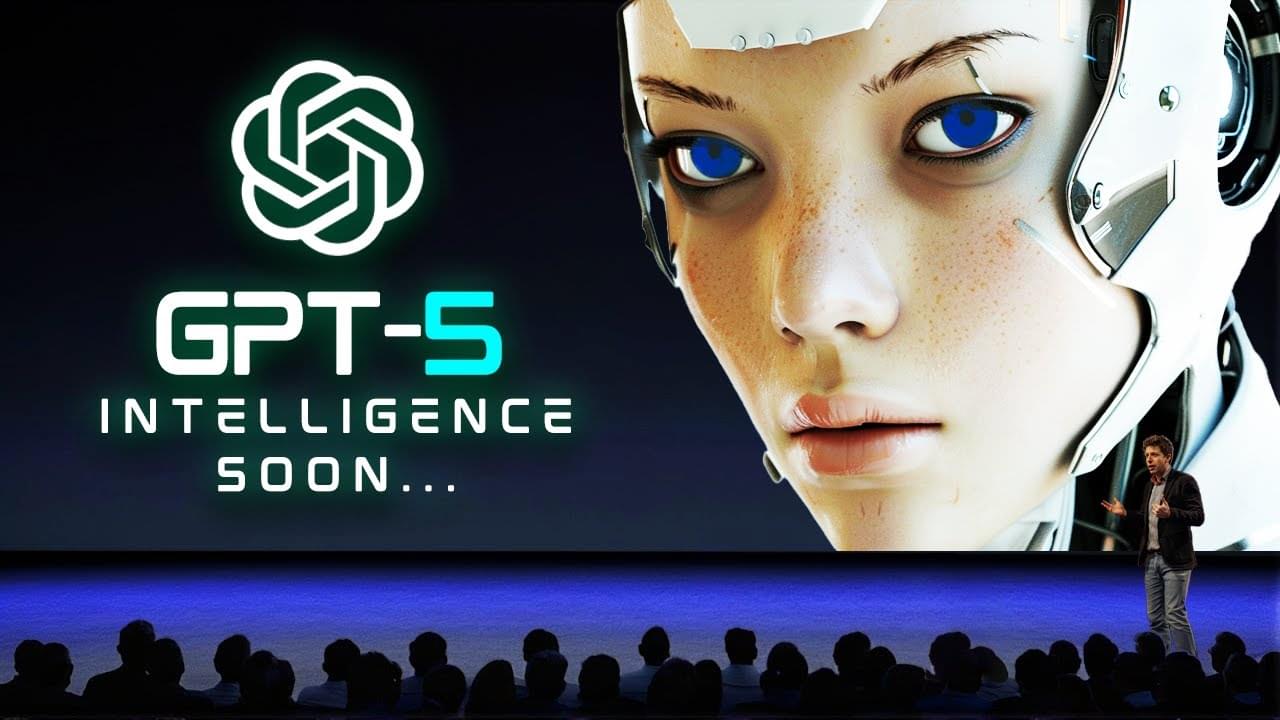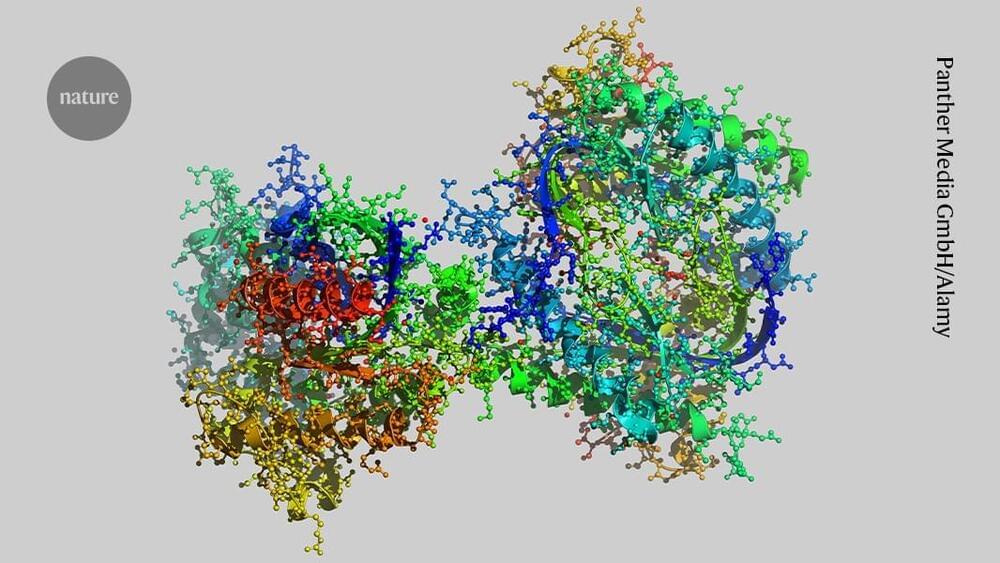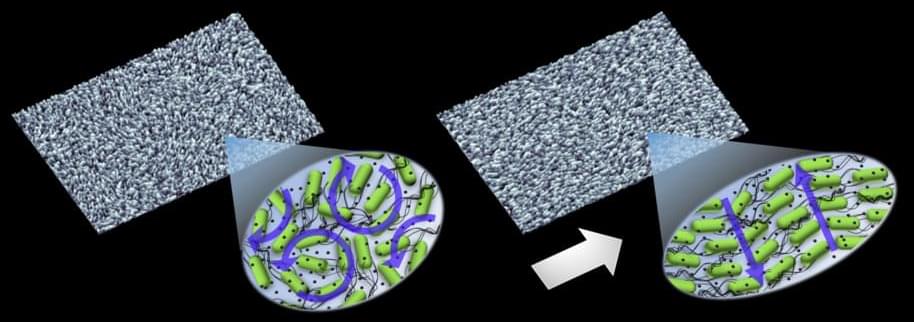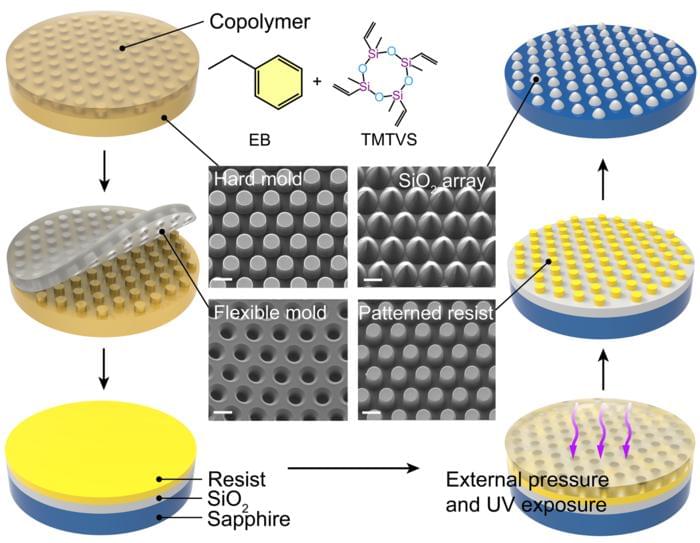
Skild AI, a startup that’s developing artificial intelligence-powered brains for robots, said today it has closed on a bumper $300 million early-stage funding round, bringing its valuation to a cool $1.5 billion.
The Series A round was led by a host of top-tier venture capital firms, including Lightspeed Venture Partners, Coatue, Softbank Group Corp. and Jeff Bezos’s Bezos Expeditions. It also saw participation from the likes of Felicis Ventures, Sequoia, Menlo Ventures, General Catalyst, CRV, Amazon, SV Angel and Carnegie Mellon University.
Skild AI is building what it says is a “shared, general-purpose brain” that will be able to equip a diverse group of robots that can perform multiple kinds of tasks in a wide range of scenarios, such as manipulating objects, locomotion and navigation. It says its AI intelligence can be integrated with any kind of robot, including humanoid bots with advanced computer vision skills designed to perform dexterous manipulation of objects in the home and in industrial settings, and more resilient quadruped robots that can navigate any physical environment.

















